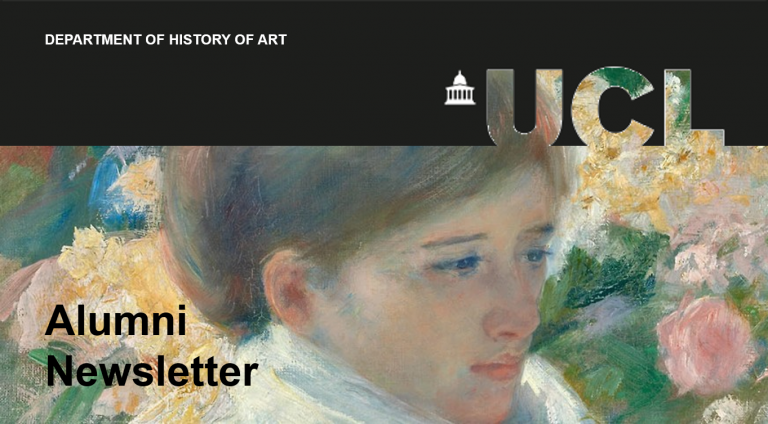
Newsletter Contents:
Introduction
Department News
Alumni Spotlights
We would love to hear from you!
An autumn message from our Head of Department, Bob Mills
Greetings to our alumni community around the world and welcome to this latest edition of our newsletter.
We were thrilled to be back in the classroom again over the past academic year as well as to have the opportunity to celebrate the achievements of our 2020 and 2021 graduates in person in the spring. I was particularly pleased to hear sounds of merriment echo through the corridors of Gordon Square for the graduation afterparty after a hiatus of two years. It’s also been wonderful to host face-to-face research events again, including our Tomás Harris Visiting Professorship lectures in March, delivered by Dr Anna Arabindan-Kesson on geographies of nineteenth-century Black art, and the 15th Nikos Stangos Memorial Lecture by Professor Jaś Elsner on archaeological art history from Buddha to Byzantium.
On a more sombre note, we were sad to learn in January of the passing of Professor David Davies. David was one of the Department’s earliest staff members and is fondly remembered as a devoted teacher and colleague. A link to some heartfelt reminiscences from staff and former students has been posted below.
We have now started the new academic year and I’m delighted to announce the arrival of two new colleagues. Professor Pip Laurenson, previously Head of Collection Care Research at Tate, joins us as Professor of Conservation and Director of our new MSc in Conservation of Contemporary Art & Media, which launches in 2023 at UCL’s new east London campus with brand new facilities, including a dedicated conservation studio and media suite. Dr Jenny Nachtigall has been appointed as Lecturer in Modernity and Its Critical Histories, filling a hole left by Fred Schwartz following his retirement at the start of the year. Jenny is an alumna of the Department, having previously studied for an MA and PhD at UCL, after which she took up various positions in Germany.
Finally, I hope you enjoy catching up on the latest news about the Department and some of our former students. Please do get in touch if you have any news to share in a future edition!
Professor Bob Mills
Head of UCL History of Art
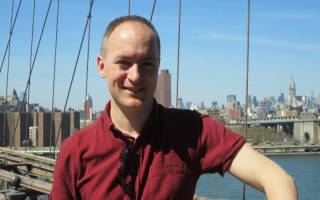
Teaching Update
Creating more authentic assessments for History of Art
The History of Art Department is reviewing the way we assess undergraduate students during their degree. During the spring, we ran a project to learn more about student perceptions of assessment, from the different kinds of activities they currently undertake to the quantity and frequency of assessment. We launched an online survey and ran a lunchtime workshop that brought together students and staff to discuss assessment needs and concerns. The results are helping inform the department’s future assessment strategy. While most students think the quantity of assessment they do is just about right, they are concerned about the uneven distribution of assessments through the year, with some students submitting four end-of-module assignments in a single week.
We also want to gain better understanding of the support students need when preparing different kinds of assessment during their studies. The survey and workshop indicated that confidence in research and writing skills varies considerably among students. There is strong appetite for more essay preparation classes, more structured feedback on assignments, and more formative assessment in which students can explore ideas and different modes of writing without the pressure of receiving a formal grade. Students generally appreciate assessed oral presentations, which they consider to be a crucial aspect becoming an art historian, but they would like more support to become better verbal communicators – as students and in their future careers.
Exams are the least favoured form of assessment in history of art, and the department has already decided to significantly reduce the number of second-year exams in favour of more diverse assignments. In the survey and workshop, students also had the opportunity to think about new forms of inclusive and authentic assessment for art historians. Ideas include virtual exhibition design, catalogue entries and podcasts. I look forward to sharing further updates of our assessment plans in future alumni newsletters.
Dr Jacob Paskins
Head of Education, UCL History of Art
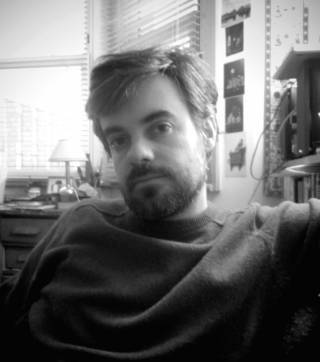
Remembering Professor David Davies (1937–2022)
We regretfully announce the death of Professor David Davies on 21 January 2022. David joined the History of Art Department in UCL in 1967, one of its earliest staff members along with Leopold Ettlinger and Helen Weston. A specialist in Spanish painting, in particular in the works of Velázquez and El Greco, on whom he published and curated exhibitions, he taught here for more than three decades until his retirement in 2001.
David is especially remembered as a devoted teacher and colleague, and we are pleased to share below some reminiscences from staff and former students - you can read them here.
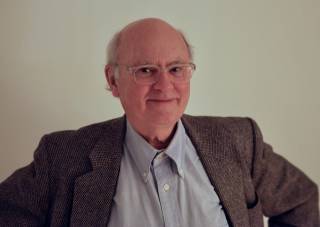
Spotlight on Anaïs Da Fonseca, Lecturer in History of Art at UCL
MA History of Art, 2009
Anaïs came to UCL in 2009 for her Masters as an Erasmus student from the History of Art Department at Paris Nanterre University. Her time at UCL was decisive and after going back to Paris for a year, she decided to come back to London for a PhD at the School of Oriental and African Studies (SOAS). Her research documented the changes and continuity in Cheriyal paintings, a craft practice from South India, since the intervention of state institutions and the handicraft market in the revival of craft in the 1980s.
After graduating from her PhD in 2017, she taught Art History at SOAS for a year. She then embarked on a one- year Fellowship at Tate Research Centre: Asia (Tate museum) (2017-2018) and a year as a Research Associate at the SOAS South Asia Institute (2018-2019). Her research there took a different direction, and she began working on collaborations in South Asia between formally trained artist and craftsmen. She also developed an interest for the phenomenology of contemporary art making.
Since 2019, she joined the London Business School as a Research Lead for Francophone Africa on an ERC funded project titled The Political Economy of African Development. Ethnicity, Nation, and History. In January 2022, she returned to UCL but as a Lecturer in History of Art, teaching two courses on the 19th-21st century arts from Britain and South Asia.
Anais’ research focuses on Modern and Contemporary art and craft from South Asia, and the politics of culture and heritage. She is now completing a co-edited volume on the transcultural practice of artist Prafulla Mohanti (Indian born 1936, British based) The Dancing Hands: Life and Works of Prafulla Mohanti (forthcoming September 2022).
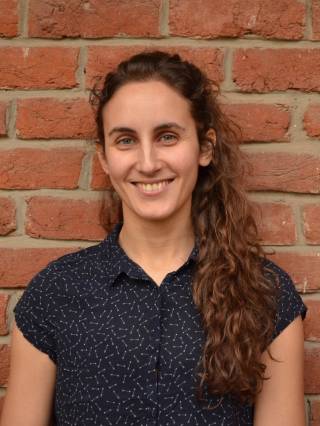
Spotlight on Lindsay Alberts, Professor of Art History at Savannah College of Art and Design
MA History of Art, 2007
Lindsay Alberts (MA, History of Art, 2007) completed her PhD in the History of Art at Boston University in 2016. Since 2018, she has been Professor of Art History at Savannah College of Art and Design. She is currently working on a book on the Cappella dei Principi, the Medici granducal funerary chapel in Florence (shown below in situ!) Her research, based on archival documentation in the Archivio di Stato di Firenze, focuses on the unsung artistic craftsmen behind the chapel’s celebrated hardstone panels. She will be in Florence this June on a SCAD Presidential Fellowship, drafting her chapter on the enslaved population, primarily in Livorno, who cut the hardstones for the chapel.
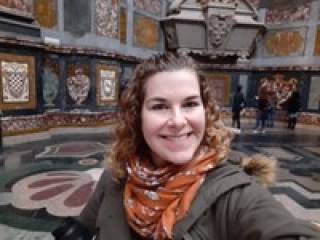
Spotlight on Katy Hessel, Curator, Writer, Broadcaster, Art Historian, Podcaster and Founder of @thegreatwomenartists on Instagram!
BA History of Art, 2015
Shortly after graduating from UCL in History of Art in 2015, I set up an Instagram account (@thegreatwomenartists) to celebrate women artists on a daily basis. The idea came to me after studying Alice Neel with Tamar Garb. Neel was an American portrait painter who didn’t receive any recognition until she was in her 70s. Suddenly noticing a pattern with many women artists of the 20th century, I thought setting up an Instagram account would not only encourage me to find out a new woman artist every day, but share my discoveries across the internet!
The account has since grown numerous strands. In 2019, I launched The Great Women Artists Podcast, where I interview women artists on their career, or writers, curators or artists on the woman artist who means most to them. Nearly 100 episodes in, I’ve interviewed artists Marina Abramović, Cecily Brown, Julie Mehretu, Lubaina Himid, Cornelia Parker, and more, as well as scholars – such as UCL’s Briony Fer on Eva Hesse! – and literary icons, Ali Smith, Deborah Levy and Olivia Laing. I also host Dior’s podcast, Dior Talks – Feminist Art, where I have interviewed Tracey Emin and Judy Chicago. I have a fortnightly column, The Great Women's Art Bulletin, for the Guardian newspaper, where I write about an artwork made by a woman which speaks to today's news agenda, and have presented/written art documentaries for the BBC.
I have ventured into a few curatorial projects, such as at Victoria Miro Gallery and Stephen Friedman Gallery, and currently have an exhibition on view in NYC at Kasmin Gallery which brings together contemporary painters (Flora Yukhnovich, Louise Giovanelli, Naudline Pierre, and others) and 20th century greats (Lee Krasner, Helen Frankenthaler). I am also the curatorial trustee of Charleston, the former home of the Bloomsbury Group.
In September I brought out my first book, The Story of Art without Men, published by Penguin.
https://www.thegreatwomenartists.com/
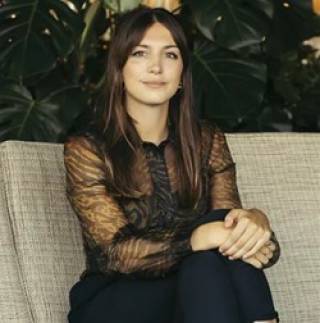
Spotlight on Nick Grindle
BA History of Art 1996, PhD 2002
I graduated in 1996 but came back a year later to do a PhD with David Bindman and Andrew Hemingway, which I completed in 2001. I then taught at various universities including UCL, the Open University, Birkbeck, and Oxford Brookes University, and as I did so I developed a strong interest in education. Helen Weston introduced me to a colleague who led an MA in Adult Learning at UCL, and in 2011 I came back to UCL (again!) to teach on the programme. I met some fantastic people working in higher education, the NHS, churches, and the armed forces. I continued with art history too, and in 2015 I curated an exhibition on the painter George Morland (1763-1804) at the Stanley and Audrey Burton Gallery at the University of Leeds, which is generally known for a strong collection of e.c.20 painting (so this was a new avenue for them!). We had a great team, and the show went well, although we had an anxious moment when a very large painting loaned by Tate wouldn’t fit through the door because its casing was too big! We tipped it diagonally and thankfully it squeezed in.
I’ve enjoyed reading the alumni newsletter and what people are doing. I’m sure I’m not alone in saying the pandemic has been hard. One way I coped with it was to start running, and earlier this month I ran the London marathon (my first – at 48!) for The Children's Society.
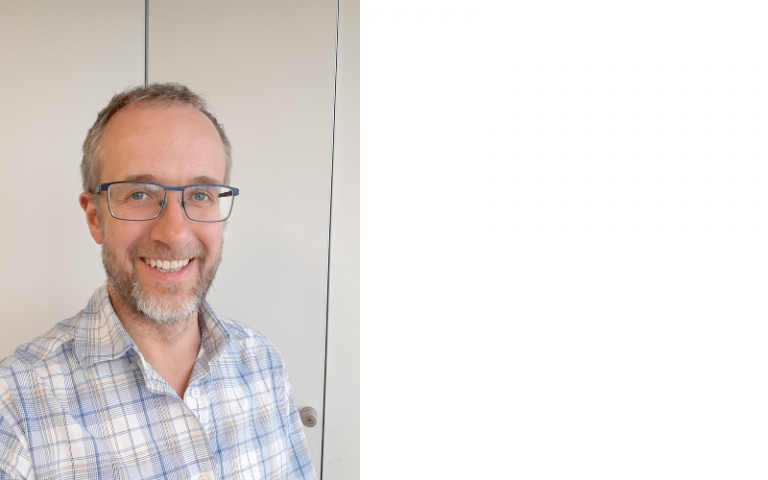
Spotlight on Flavia Frigeri
PhD 2018
In 2018 I completed my PhD at UCL and joined the department as a Teaching Fellow where I taught for a number of years. In 2020, I was appointed ‘Chanel Curator for the Collection’ at the National Portrait Gallery; leading on Reframing Narratives: Women in Portraiture, a three-year project in partnership with the CHANEL Culture Fund. The project aims to enhance the representation of women in the NPG’s Collection and highlight the often-overlooked stories of individual women who have shaped British history and culture.
Joining a new institution in the thick of Covid made it quite challenging, but I was lucky enough to count on an amazing team of Assistant Curators. I have since made a number of transformative acquisitions for the Collection (self-portraits by Everlyn Nicodemus, Chila Burman, and Susan Hiller, among others) and I am working on a large commission with a contemporary artist that will be unveiled next March. I am enjoying the challenge of rethinking such an established Collection from a feminist perspective.
Alongside my project at the NPG, I am also developing in an independent curatorial capacity, exhibitions for the Peggy Guggenheim Collection in Venice and Turner Contemporary in Margate. Exhibition-making has always been central to my curatorial practice. During my time at Tate Modern (2011-2016) I co-curated The World Goes Pop (2015), and was responsible for Henri Matisse: The Cut-Outs (2014), Paul Klee: Making Visible (2013) and Ruins in Reverse (2013). Writing also plays an important role in my professional life. I have published articles and catalogue essays on a range of subjects and I am the author of Pop Art and Women Artists both in Thames & Hudson’s Art Essentials series and the co-editor of a volume of peer-reviewed collected essays, New Histories of Art in the Global Postwar Era: Multiple Modernisms (Routledge, 2021). Currently, I am writing two books, one on Transcultural Curating (Lund Humphries 2024) and the other one looking at modern art from a global perspective for Yale University Press.
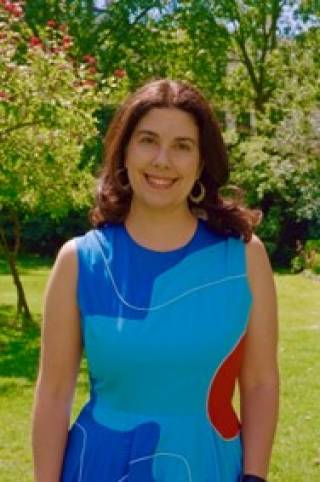
Photo credit: Isabelle Young
We would love to hear from you!
We love hearing about all the exciting careers that our alumni have gone on to have and are always looking for opportunities to showcase these journeys! If you would be happy to be contacted about being featured in one of our 'Talking Heads' alumni videos, or doing a written profile for our website/newsletters (like the ones featured today) please let our Communications Manager Helena Vowles-Shorrock know!
 Close
Close

